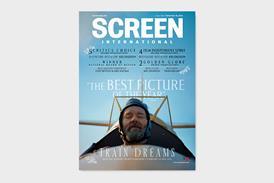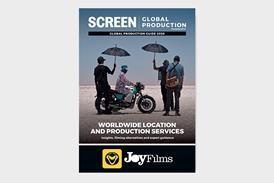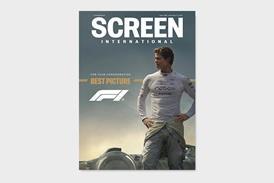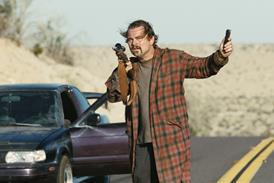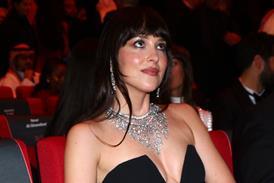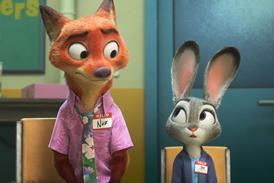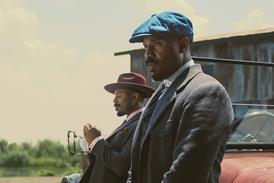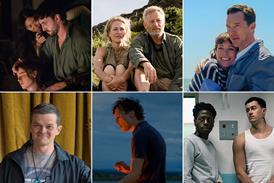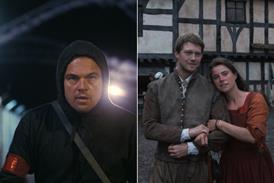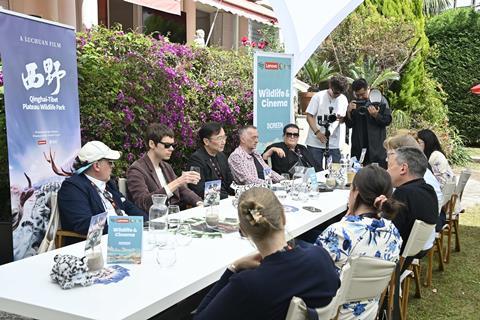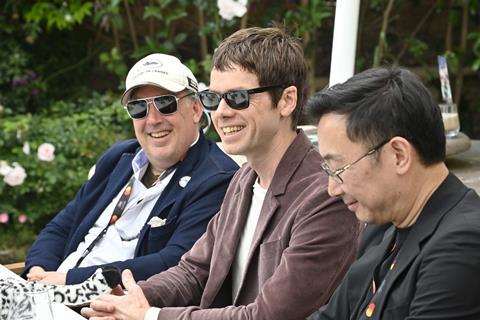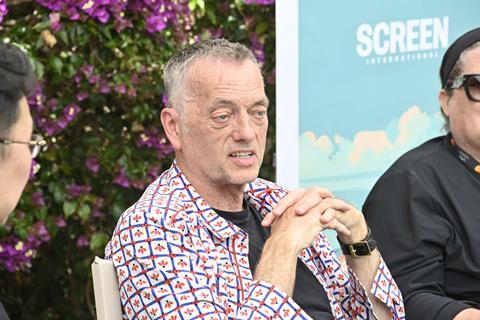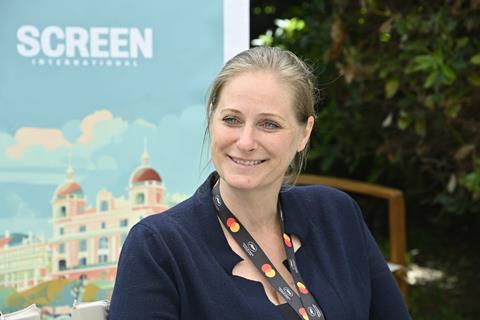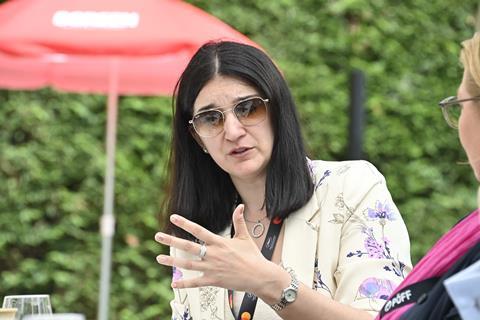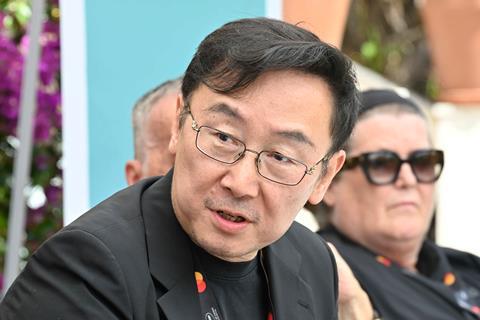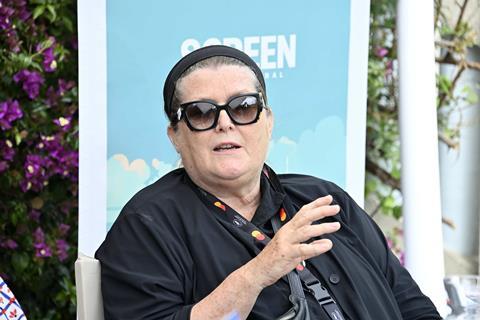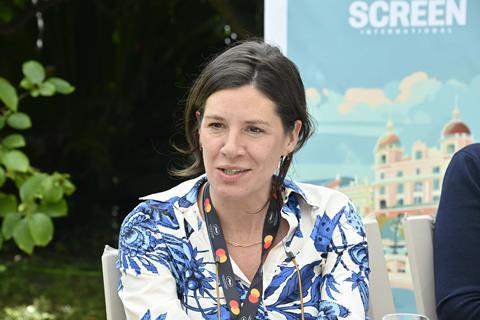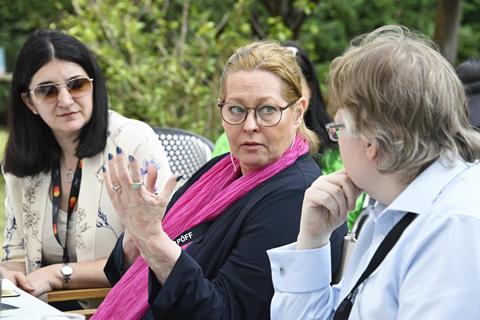In a wide-ranging discussion, speakers at a Screen International roundtable on wildlife and cinema shared opinions on the portrayal of the natural world on film.
Leading Chinese director Lu Chuan appeared at a Screen International roundtable, ‘Wildlife and cinema’, hosted by Beijing-based sales and distribution outfit Dogme23 Films, technology firm Lenovo and production company Primal Force.
The panel discussed in depth how portrayals of wildlife and animals on screen affect public perception, conservation and cultural attitudes.
Lu’s credits include City Of Life And Death and The Last Supper. His latest short documentary Xi Ye (Qinghai-Tibet Plateau Wildlife Park) focuses on wildlife rescue and AI innovation at one of China’s most important zoos. The film receives a market screening in the Cannes Market’s Short Corner.
In what turned into a wide-ranging discussion touching on philosophical and ethical issues, fellow panellists were more focused on wildlife than on AI.
Mads K Mikkelsen, head of programming at Danish documentary festival CPH:DOX, spoke passionately about how the festival engages with issues around wildlife and animal welfare.
“When we consider films that shift perspective away from human beings and onto non-human lifeforms and nature in general, one of the most interesting movements has been an attempt at answering the question of what happens when you decentralise the hierarchy that places humans at the centre of the world,” reflected the Danish programmer.
Mikkelsen described the screening at CPH:DOX in 2012 of fishing industry doc Leviathan, directed by Lucien Castaing-Taylor and Véréna Paravel as a groundbreaking moment in this process. “That film did something new. It did something unforeseen.”
He also cited Andrea Arnold’s Cow, which takes a bovine perspective and gives audiences “the hard facts” of where meat comes from.
CPH:DOX is one of the few festivals with a science section. It showcases work from filmmakers “trying to engage with the ultimate ‘other’ — nature and other non-human life forms — but speaking of impact, we don’t push an agenda as such. I want films to speak their own language.”
Panellist Helene Granqvist, CEO of Nordic Factory Film, producer and president of Women in Film & Television, Sweden added her observations on social hierarchies. “Usually, men are top of the chain and all the rest are resources to fulfil the needs of a man.” She called for a “more ecocentric system [where] all species are in relation to each other”.
Life and death
This prompted Lu to reflect on his own experiences making wildlife documentaries, and the conventions around them. “I made a movie with Disney called Born In China [featuring giant pandas, monkeys and snow leopards]. There were pages of rules,” he recalled of his 2016 nature documentary. One stipulation was that he could not show the deaths of animals. He asked why not.
“They gave me a very strong reason — [it was] because nature movies in the US usually are the first movie that parents take their kids to the cinema to see. So you cannot show the death of animals.”
The director spent a lot of time digesting these rules. “I think Disney is great, the producers are great. The rules are right. They don’t want to scare the kids. They want the kids to love the animals. [But] the whole process of making that movie, the first half is pure documentary,” he noted of the painstaking attempts made by the team to capture the animals in their habitats.
Editing, though, was challenging. In the end, the director took the footage back to China and decided to include footage of a mother snow leopard being killed by a buffalo.
“When we are making a movie about a wild animal, sometimes we censor ourselves,” he reflected. The other side of the coin is that filmmakers should not interfere with nature. “You love snow leopards but if you have some bigger predator attacking them you cannot stop the action. As a human being, a documentary artist, your job is recording what happens.”


